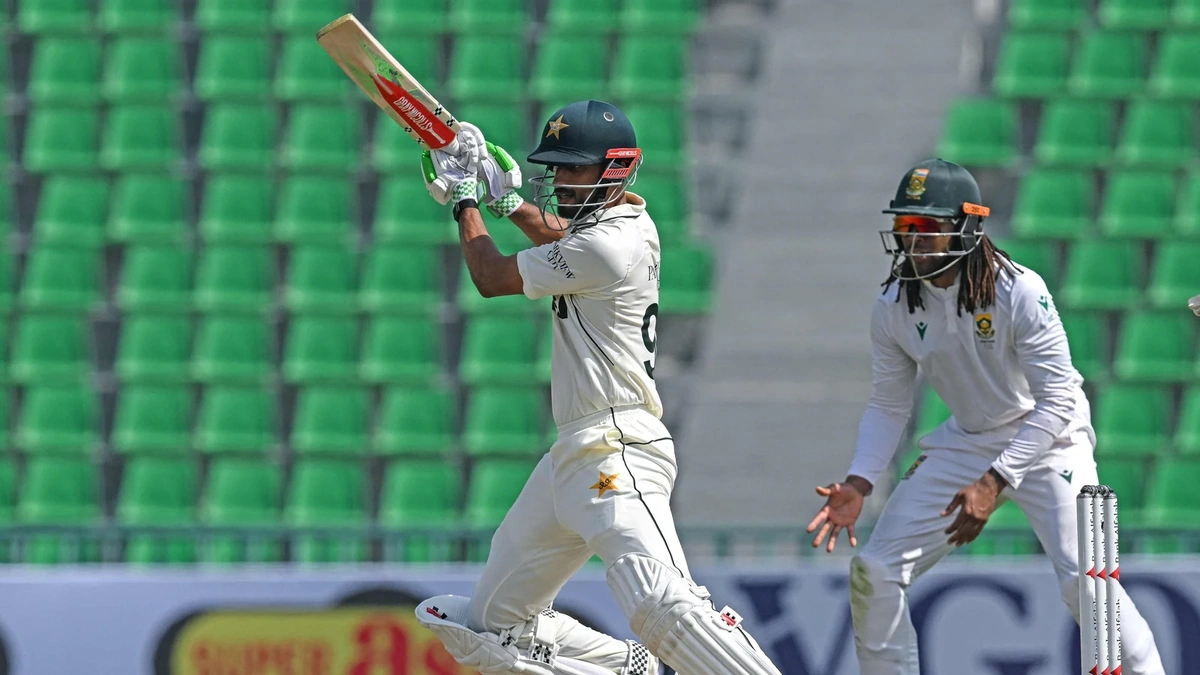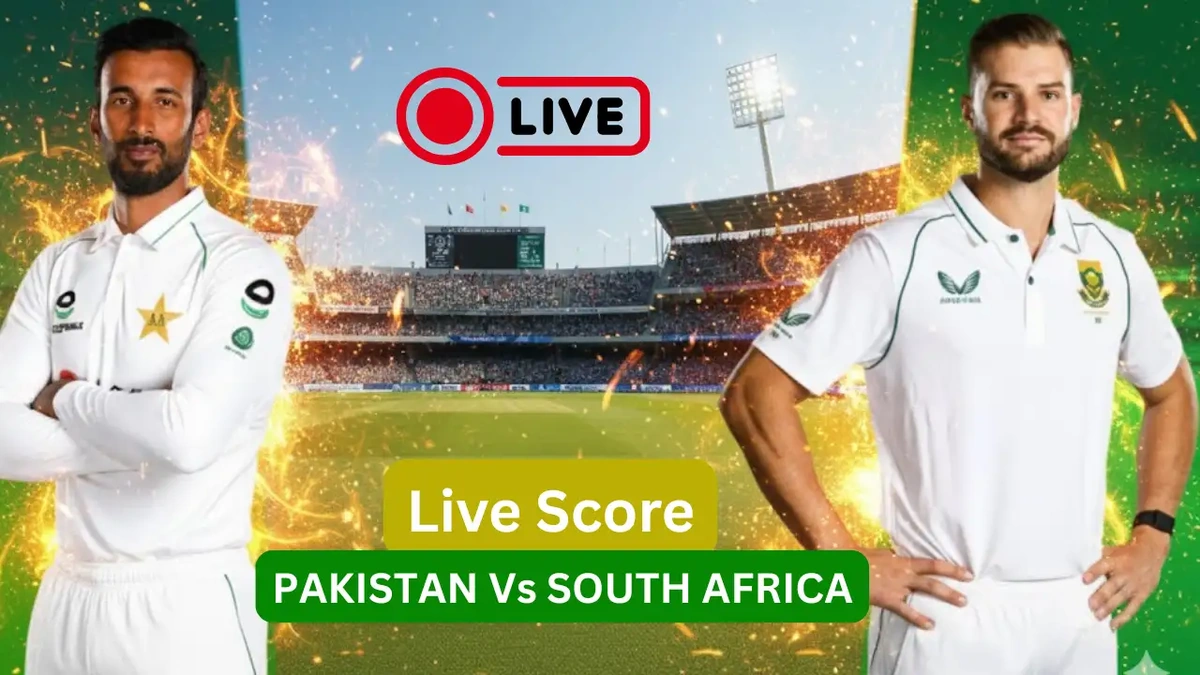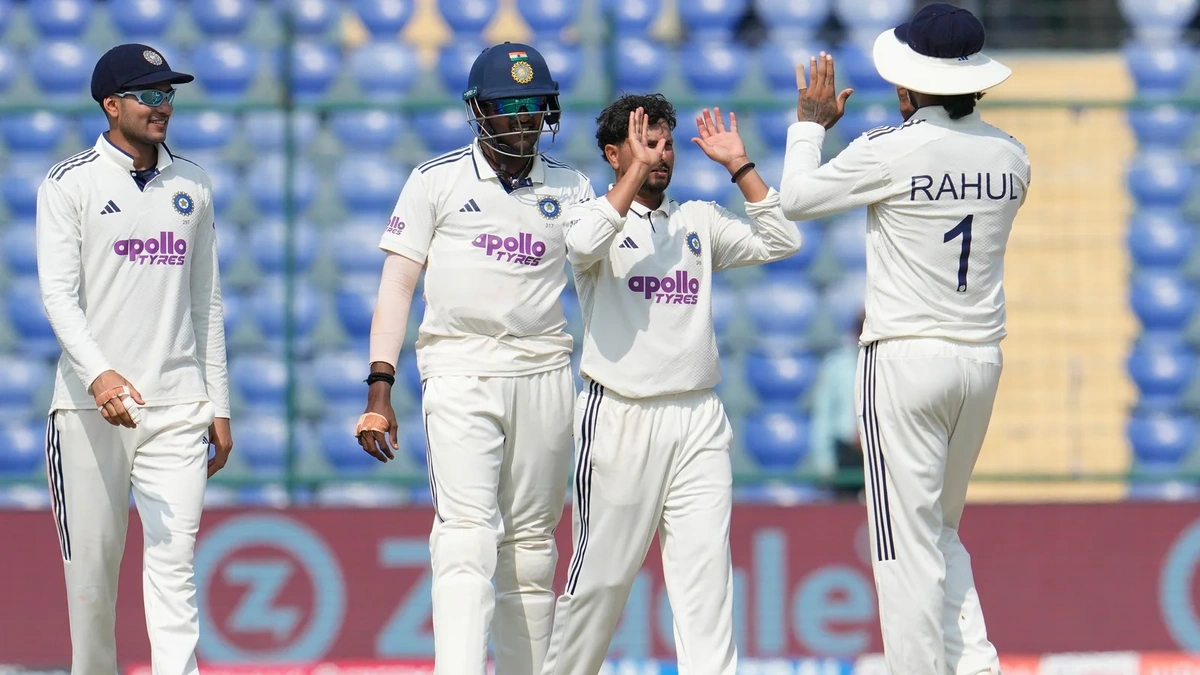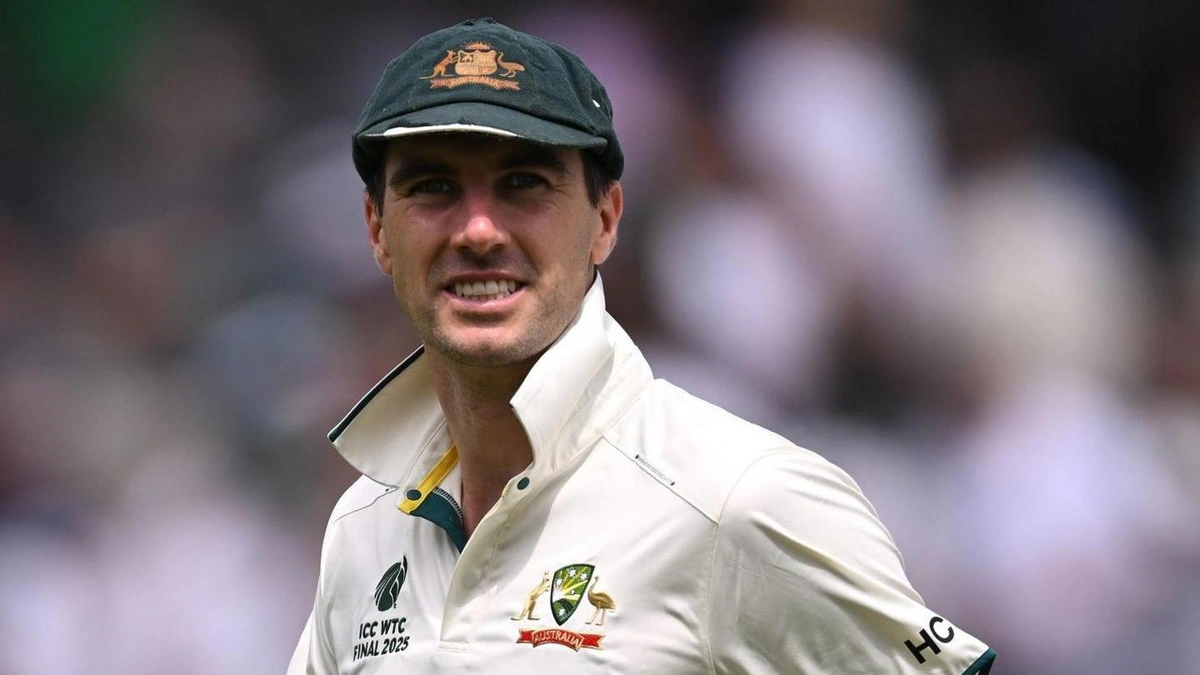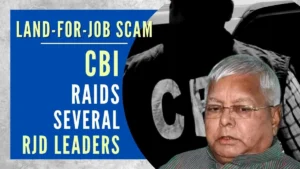Major On-Air Blunder | Former South Africa Captain Confuses Shan Masood with India’s Captain During PAK vs SA Test
The cricket world, let’s be honest, thrives on drama – both on and off the field. We celebrate the electrifying sixes, dissect the nail-biting finishes, and, yes, sometimes we chuckle at the blunders. But, what happens when a seasoned commentator, a former captain no less, mixes up players from opposing teams during a high-stakes match? That’s exactly what transpired during the recent Pakistan vs. South Africa Test, and it’s more than just a funny anecdote. It’s a reflection of something deeper about how we consume and process information in today’s fast-paced sporting landscape.
The Hilarious Mix-Up | How Did It Happen?
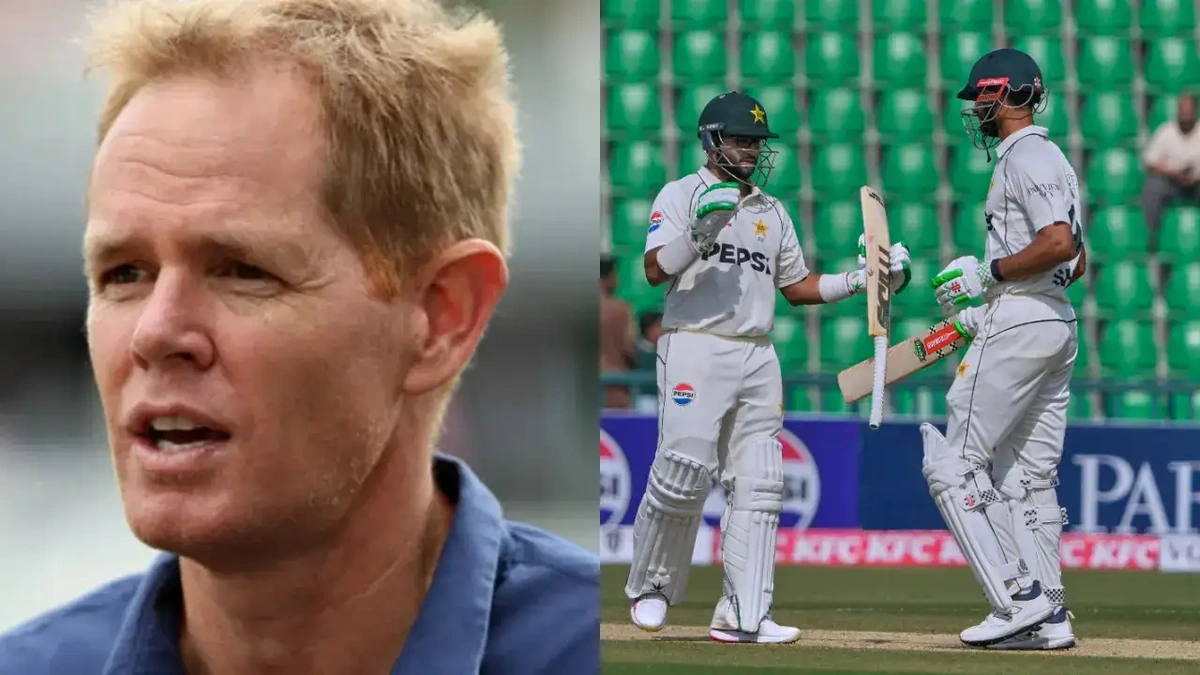
So, here’s the thing: during a critical moment in the match, the commentator – a respected former South African captain whose name we won’t needlessly drag through the mud – mistakenly identified Pakistan’s Shan Masood as the captain of India. Yes, you read that right. The captain of the Indian team. It was a slip of the tongue, a momentary lapse, but it ignited social media. The internet, of course, had a field day. Memes were born, jokes were cracked, and the poor commentator probably wished he could disappear into the ground. But why did this seemingly small error cause such a stir? Because it touches upon several key aspects of modern cricket fandom and the pressures of live broadcasting.
Was it just a momentary brain freeze, or something else at play? Let’s consider the relentless schedule international cricketers face. They hop from one tournament to another, battling jet lag, fatigue, and immense pressure. Commentators, often former players themselves, are part of this whirlwind. They are expected to be encyclopedias of cricket knowledge, providing instant analysis and insightful commentary, often with little downtime. Could the constant travel and mental strain contribute to such gaffes? It’s certainly a possibility. What fascinates me is how quickly such things are amplified in the digital age.
Why This Matters | The Pressure Cooker of Modern Cricket
Here’s why this incident matters. Cricket commentary, and sports broadcasting in general, is no longer just about describing what’s happening on the field. It’s about providing context, analysis, and entertainment, all while keeping up with the relentless pace of the game. Commentators are under immense pressure to be accurate, insightful, and engaging – all at the same time. This pressure can lead to mistakes, especially when dealing with a sport as complex and nuanced as cricket. It’s a pressure cooker environment. Consider the sheer volume of information they must process in real-time: player stats, team strategies, historical precedents, and the ever-changing dynamics of the match itself. It’s a mental marathon, and even the most seasoned professionals are bound to stumble occasionally. It highlights the demands placed on them to deliver perfect, mistake-free commentary. ESPN India probably saw a spike in mentions because of it.
But, as I initially thought about it, it occurred to me that this also speaks to the global nature of the sport. While the commentator made a mistake, it also highlights the interconnectedness of cricket across different nations. Players from various countries compete in leagues around the world, and fans follow the sport regardless of geographical boundaries. Maybe it was just a brain fart! The line between national teams is blurring slightly. So, let’s not be too harsh, eh?
The Power of Social Media | Amplifying the Blunder
Social media, of course, played a significant role in amplifying the story. In the pre-internet era, such an error might have been confined to those watching the live broadcast. Today, it’s instantly dissected, shared, and meme-ified across multiple platforms. This instant feedback loop can be both a blessing and a curse. On the one hand, it allows for immediate correction and clarification. On the other hand, it can create a pile-on effect, turning a minor mistake into a major media spectacle. The incident became a trending topic on Twitter, with fans from India, Pakistan, and South Africa all weighing in. The lesson here? In the age of social media, even the smallest error can have a significant impact. It also underscores the importance of fact-checking and responsible reporting, both by commentators and by those who share information online.
It’s worth remembering that everyone makes mistakes, even seasoned professionals. The key is how we learn from them. And how we react to them, too. This incident serves as a reminder of the pressures faced by commentators, the power of social media, and the importance of maintaining a sense of perspective in the face of online criticism. It also underlines the need for empathy and understanding, especially in a world where mistakes are often amplified and scrutinized like never before. According to Wikipedia , cricket is a global sport now.
This Shan Masood blunder can be seen as an opportunity for broadcasters to invest in better training, especially for those who are new to the commentary box. Having a team behind the commentators would also help filter information and make corrections on the fly. If there is one thing that we can take away from this, it is that we should be a little more forgiving. While accuracy is vital, the human element cannot be removed from the game. Cricket commentary is not an easy job, and we must cut commentators a bit of slack. I guess that’s why they call them slips, eh?
So, next time you hear a commentator make a mistake, remember the pressures they face and the human element that underlies even the most polished broadcast. And maybe, just maybe, resist the urge to immediately meme-ify their error. Let’s face it, they’re probably feeling bad enough already. Especially when their commentary career might be on the line after something like this! What fascinates me is the speed at which these things spread.
Looking Ahead | The Future of Cricket Commentary
Where do we go from here? One thing’s clear: cricket commentary needs to evolve to keep pace with the changing landscape of the sport. This means embracing new technologies, investing in better training, and fostering a more supportive environment for commentators. It also means recognizing the importance of diversity and inclusion, both on and off the field. More voices, more perspectives, and more empathy can only enrich the experience for everyone involved. It also means being more forgiving of the occasional blunder, recognizing that even the most seasoned professionals are capable of making mistakes. It shows us how sports analysis is changing in real time.
But here’s the most important thing: let’s not lose sight of the joy and passion that make cricket such a beloved sport. Let’s celebrate the incredible feats of athleticism, the strategic brilliance, and the moments of unexpected drama that keep us on the edge of our seats. And let’s remember that, at the end of the day, it’s just a game. A game that’s best enjoyed with a sense of humor and a healthy dose of perspective. Former captains can make mistakes just like us, after all.
International Sports have their issues, too. PAK vs SA Test matches are always high-pressure events.
FAQ Section
What exactly did the commentator say?
The commentator mistakenly identified Shan Masood, a Pakistani player, as the captain of the Indian cricket team.
Why did this mistake get so much attention?
The error was amplified by social media and highlighted the pressures of live broadcasting and the fast-paced nature of modern cricket.
Could fatigue or pressure have contributed to the mistake?
Yes, the demanding schedules and intense pressure faced by commentators can contribute to errors in judgment.
What can be done to prevent similar mistakes in the future?
Broadcasters can invest in better training, provide more support for commentators, and foster a more forgiving environment.
How is social media changing cricket commentary?
Social media amplifies mistakes but also provides a platform for instant correction and increased engagement with fans.
What are the key takeaways from this incident?
The incident highlights the pressures of commentary, the power of social media, and the importance of empathy and perspective in the world of sports.
